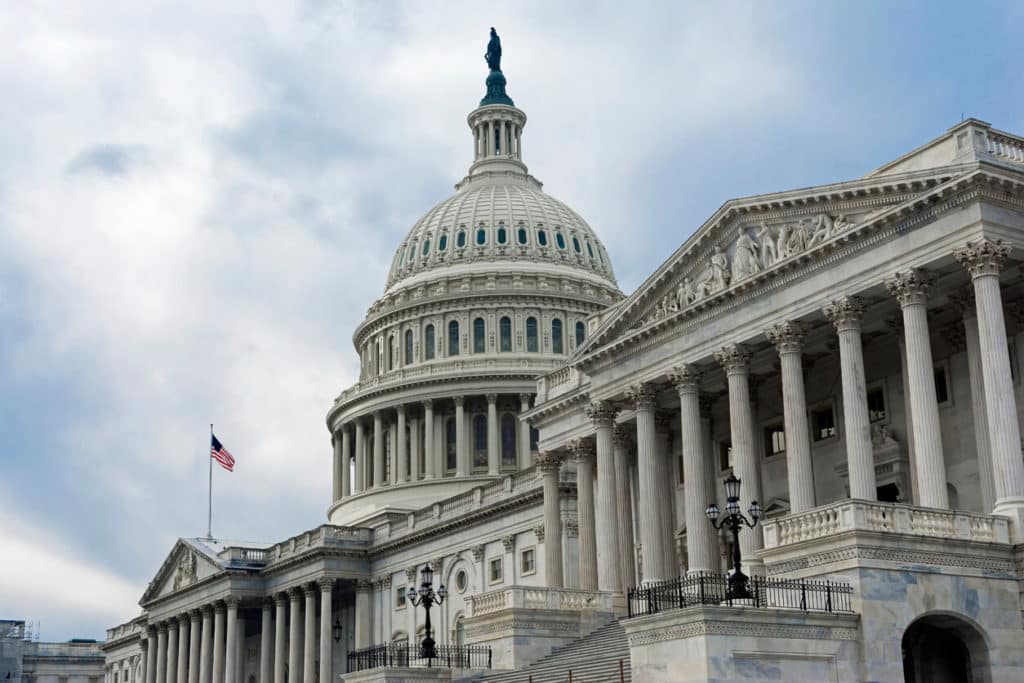On December 23, 2022, Congress passed the SECURE 2.0 Act. This comes roughly three years after the original SECURE Act which was passed in 2019. SECURE 2.0 expands the original.
While there are far too many changes to summarize into one blog, we took a stab at highlighting those that will impact most people’s personal finances.
Increase in the Required Minimum Distribution (RMD) Age
- Current Rule: RMDs from your qualified accounts (IRA/401k/403b etc.) needed to be taken in the year you turn 72.
- SECURE 2.0: Increases the RMD age as follows:
- For individuals who turn 72 in 2023, RMDs will be pushed back to age 73
- The RMD age will be 73 through 2032
- Beginning in 2033, the RMD age will increase to 75
Changes to Workplace Plans
- RMDs for Roths:
- Previously, Roth IRA participants were not required to take RMDs, but Roth 401(k) participants were. Under the new plan, beginning in 2024, Roth 401(k) accounts will not be required to take RMDs.
- Increase in Catch-Up Contributions
- If you are age 50 or older, you are allowed to make catch-up contributions above the regular contribution limit. For 2023, the catch-up contribution is $7,500 above the regular deferral limit of $22,500.
- Beginning in 2025, employees aged 60 through 63 are allowed even higher catch-up contributions – the greater of $10,000 or 150% of the regular catch-up contribution amount (indexed for inflation).
- Mandatory Roth Catch-Up Contributions
- Beginning in 2024, all catch-up contributions for participants age 50 or older with wages in excess of $145,000 (indexed for inflation) will be Roth.
- Employer Retirement Plan Contributions can now be Roth
- Currently, all employer contributions are made on a pre-tax basis
- Effective immediately, employees will have the option of having company contributions made to a Roth account. If this option is selected, the contribution will be included in the employee’s income in the year of contribution.
- Matches on Student Debt
- Beginning in 2024, employers have the option to make matching plan contributions on student loan repayments made by employees.
- SIMPLE and SEP IRA contributions
- Previously, SIMPLE and SEP IRA accounts could only be funded with pre-tax dollars.
- Effective in 2023, SECURE 2.0 will permit each of these plans to accept after-tax Roth contributions.
- Establishing a Solo 401(k)
- Currently, a self-employed person must open a new solo 401(k) and make elective deferrals by December 31st of the plan’s tax year.
- Effective in 2023, SECURE 2.0 now allows sole proprietors to open a new 401 (k) plan up until the due date of their tax return (no extension deadlines).
New Exceptions to the 10% early distribution penalty
- SECURE 2.0 expands current 10% penalty exceptions to include:
- Disaster relief
- Domestic abuse
- Terminal illness
- Emergency need
Rollovers from 529 plans to Roth IRAs
- Beginning in 2024, owners of a 529 account will be able to roll funds into a Roth IRA, with the following conditions:
- The Roth IRA receiving the funds must be in the name of the beneficiary of the 529 plan (owner and beneficiary cannot be the same).
- The 529 account must have been open for 15 years.
- Any contributions to the 529 plan made in the last 5 years are ineligible to be moved to a Roth IRA.
- The maximum amount that can be transferred from the 529 to the Roth IRA during the individual’s lifetime is $35,000.
- Maximum rollover is subject to annual Roth contribution limits.
Penalty for missed RMDs is reduced
- Currently, the penalty for missing an RMD is 50% of the missed amount.
- With SECURE 2.0, the penalty is reduced to 25% and if corrected in a timely manner, the penalty is reduced to 10%.
Qualified Longevity Annuity Contracts (QLAC)
- QLACs are deferred fixed income vehicles that allow funds in a qualified retirement plan to be converted into an annuity.
- Currently, you can not use more than 25% of your retirement account balances, or $145,000 (whichever is less), to purchase a QLAC.
- With SECURE 2.0, the 25% asset limitation is repealed and the dollar limit is increased to $200,000.
Final Thoughts:
As always, be in touch if you have any questions regarding any of these changes.
For a deeper dive on SECURE 2.0 you can see the Senate Finance committee’s full update here.






